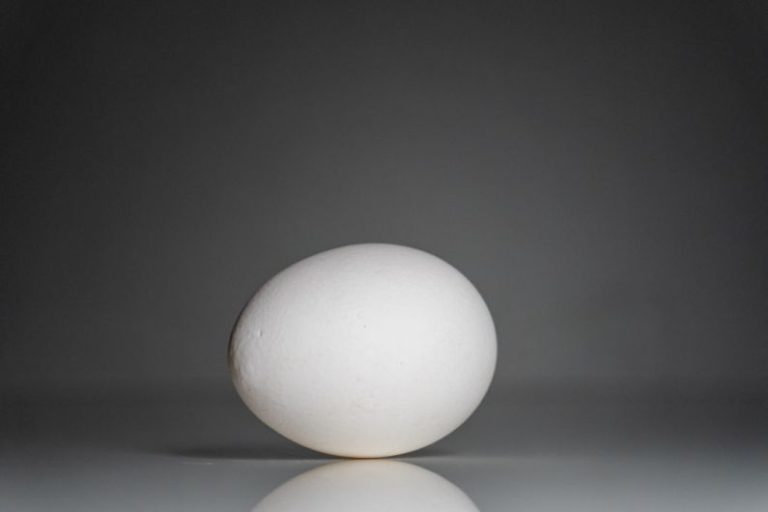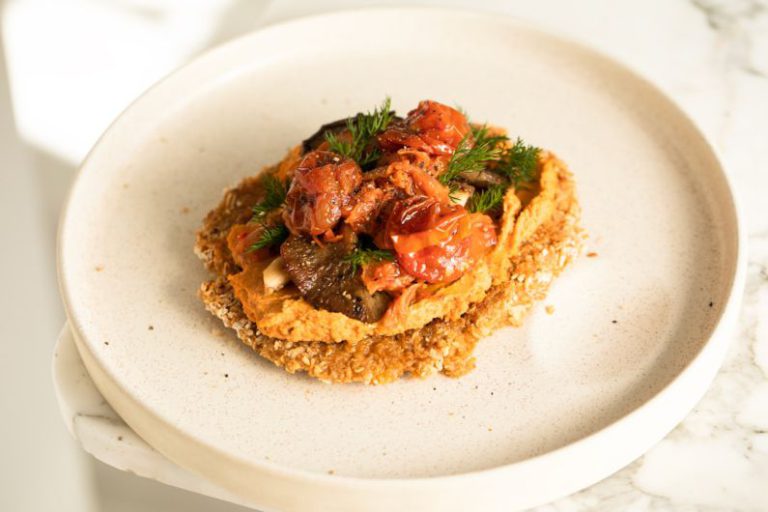How to Make Your Own Homemade Pasta?
There’s something incredibly satisfying about making your own homemade pasta from scratch. Not only does it taste far superior to store-bought varieties, but the process itself can be therapeutic and rewarding. If you’ve never attempted to make pasta at home, fear not – it’s simpler than you might think. With a few basic ingredients and some patience, you can create delicious pasta that will impress your friends and family. Let’s dive into the world of homemade pasta and discover how you can make your own at home.
**Choosing the Right Flour**
The key to perfect homemade pasta lies in selecting the right type of flour. While all-purpose flour can work in a pinch, using ’00’ flour or semolina flour will yield a more authentic and flavorful result. ’00’ flour is finely ground and has a low protein content, making it ideal for producing a tender and silky pasta dough. Semolina flour, on the other hand, is coarser and higher in protein, giving your pasta a slightly chewier texture. Experiment with different flours to find the one that suits your preferences best.
**Making the Pasta Dough**
To make pasta dough, you’ll need flour, eggs, and a pinch of salt. Start by mounding the flour on a clean work surface and creating a well in the center. Crack the eggs into the well and add a pinch of salt. Using a fork, gradually incorporate the flour into the eggs until a shaggy dough forms. Knead the dough by hand until it becomes smooth and elastic, adding more flour if necessary to prevent sticking. Let the dough rest for at least 30 minutes to allow the gluten to relax and the flavors to develop.
**Rolling Out the Dough**
Once your pasta dough has rested, it’s time to roll it out. If you have a pasta machine, feed the dough through the rollers on the widest setting, folding it in half and repeating the process several times until the dough is smooth and pliable. Gradually decrease the thickness setting on the machine and continue to roll out the dough until it reaches your desired thickness. If you don’t have a pasta machine, you can roll out the dough by hand using a rolling pin, ensuring that it is thin and even.
**Cutting the Pasta**
With your pasta dough rolled out, it’s time to cut it into your desired shape. For classic pasta shapes like fettuccine or spaghetti, use a pasta machine attachment or a sharp knife to cut the dough into thin strips. If you’re feeling adventurous, try shaping the pasta into ravioli, tortellini, or farfalle using cookie cutters or a pasta mold. Remember to dust the cut pasta with flour to prevent sticking and lay it out in a single layer on a baking sheet until you’re ready to cook it.
**Cooking and Serving**
Cooking homemade pasta is a quick process – simply bring a large pot of salted water to a boil and add the pasta. Fresh pasta cooks much faster than dried pasta, usually in just a few minutes, so be sure to taste it for doneness frequently. Once the pasta is cooked to your liking, drain it and toss it with your favorite sauce or toppings. Whether you prefer a simple tomato sauce, a creamy Alfredo, or a light garlic and olive oil dressing, homemade pasta pairs well with a variety of flavors.
**Enjoying the Fruits of Your Labor**
After all your hard work, sit back and savor the fruits of your labor by indulging in a plate of freshly made homemade pasta. The taste and texture of homemade pasta are unmatched, making it a truly special culinary experience. Share your creation with loved ones and bask in the satisfaction of knowing that you made something delicious from scratch. Homemade pasta may take a little extra time and effort, but the end result is well worth it. So next time you’re craving a comforting bowl of pasta, consider making your own at home – you won’t be disappointed.






